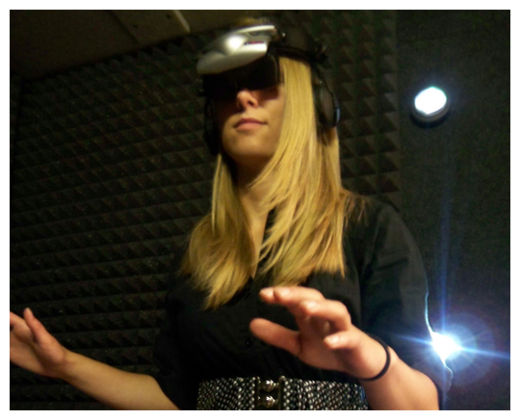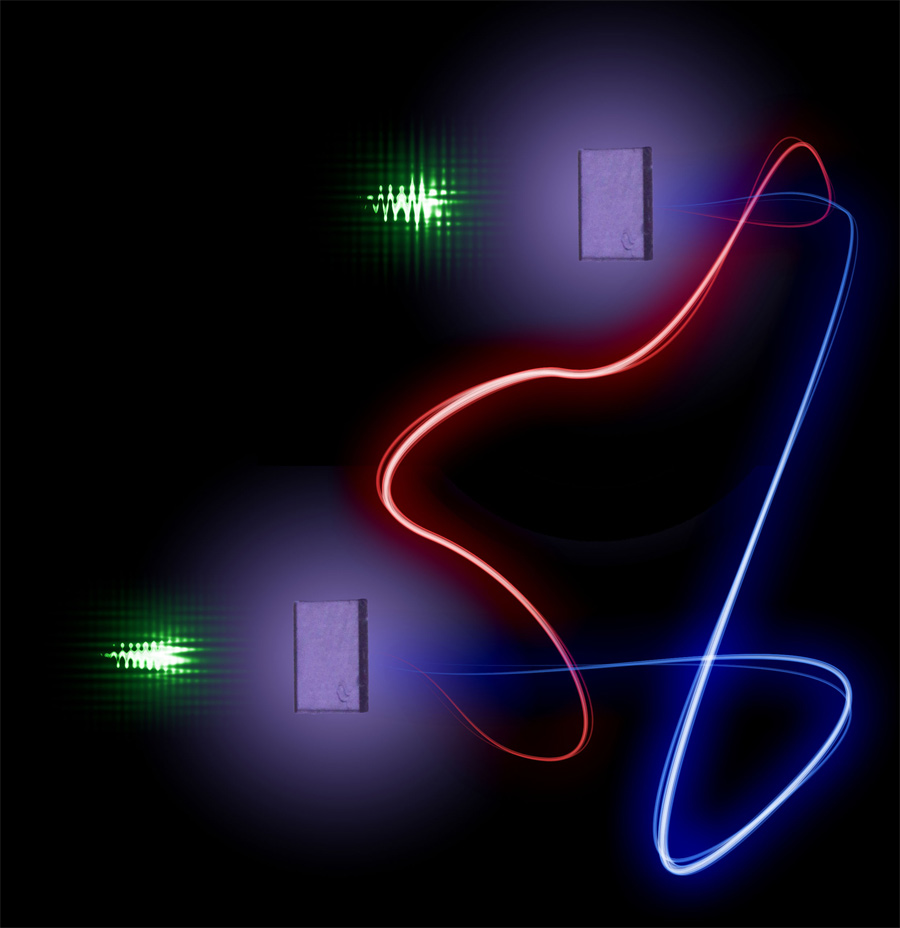
© The Associated Press/The Canadian Press/NASA/Ames/JPL-CaltechThis undated handout artist rendering provided by NASA shows Kepler-22b, a planet known to comfortably circle in the habitable zone of a sun-like star. It is the first planet that NASA's Kepler mission has confirmed to orbit in a star's habitable zone -- the region around a star where liquid water, a requirement for life on Earth, could persist.
A newly discovered planet is eerily similar to Earth and is sitting outside Earth's solar system in what seems to be the ideal place for life, except for one hitch. It is a bit too big.
The planet is smack in the middle of what astronomers call the Goldilocks zone, that hard to find place that is not too hot, not too cold, where water, which is essential for life, does not freeze or boil. And it has a shopping mall-like surface temperature of near 72 degrees, scientists say.
The planet's confirmation was announced Monday by NASA along with other discoveries by its
Kepler telescope, which was launched on a planet-hunting mission in 2009.
That is the first planet confirmed in the habitable zone for Kepler, which already had found Earth-like rocky planets elsewhere. Twice before astronomers have announced a planet found in that zone, but neither has been as promising.
"This is a phenomenal discovery in the course of human history," Geoff Marcy of University of California, Berkeley, one of the pioneers of planet-hunting outside Earth's solar system, said in an email. "This discovery shows that we Homo sapiens are straining our reach into the universe to find planets that remind us of home. We are almost there."





Comment: Very interesting. This further supports the theory that planets were once asteroids/comets. Velikovsky must be spinning in his grave singing 'Who's looney now?!'